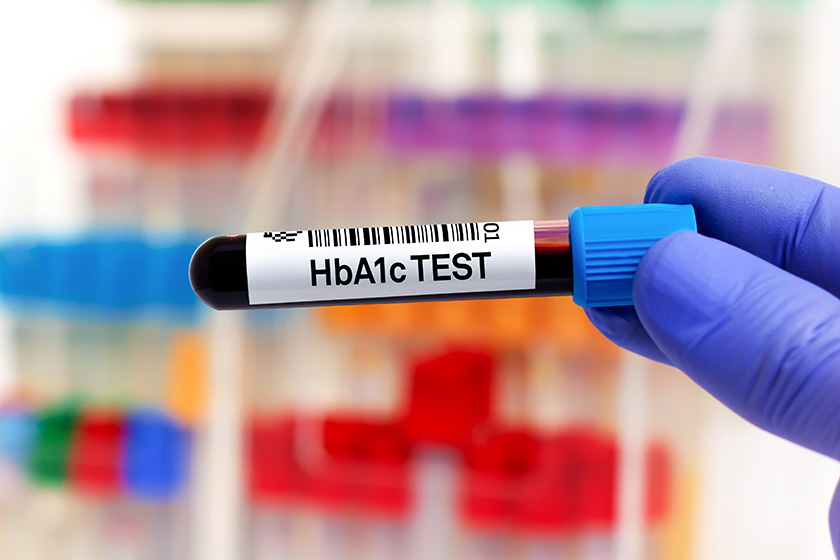Understanding blood sugar levels is essential for seniors to maintain good health and manage conditions like diabetes. The A1C test is a crucial tool in monitoring blood sugar levels over time. In this guide, we’ll explore what is considered a normal A1C level for seniors and why it’s important to keep it within a healthy range.
What is A1C?
A1C, or glycated hemoglobin, is a test that measures average blood sugar levels over the past two to three months. It provides valuable insight into how well blood sugar has been controlled over time, making it an essential tool for managing diabetes and assessing overall health.
Normal A1C Levels for Seniors
For seniors without diabetes, a normal A1C level typically falls below 5.7%. However, as individuals age, their risk of developing diabetes increases, and normal A1C levels may vary slightly. In general, a target A1C level of 6.5% or lower is recommended for seniors with diabetes to reduce the risk of complications and improve overall health.
Importance of Monitoring A1C Levels
Monitoring A1C levels is crucial for seniors, especially those with diabetes, as it helps prevent complications such as heart disease, stroke, kidney disease, nerve damage, and vision problems. By keeping A1C levels within a healthy range, seniors can reduce their risk of these serious health issues and maintain a higher quality of life.
Factors Affecting A1C Levels
Several factors can affect A1C levels in seniors, including diet, exercise, medication, stress, illness, and overall health. Seniors should work closely with their healthcare provider to develop a comprehensive plan for managing blood sugar levels and maintaining optimal health.
Tips for Managing A1C Levels
Seniors can take proactive steps to manage their A1C levels and improve their overall health. Some tips include:
Follow a Healthy Diet
Eat a balanced diet with healthy foods rich in fruits, vegetables, lean proteins, and whole grains to help regulate blood sugar levels. Choose healthy sugar substitutes instead as well.
Stay Active
Engage in regular physical activity, such as walking, swimming, or yoga, to help lower blood sugar levels and improve overall health.
Take Medications as Prescribed
If prescribed medication to manage diabetes, take it as directed by your healthcare provider to help control blood sugar levels.
Monitor Blood Sugar Levels
Regularly monitor blood sugar levels at home using a glucometer and report any abnormal readings to your healthcare provider.
Attend Regular Check-up
Schedule regular check-ups with your healthcare provider to monitor A1C levels and address any concerns or changes in health.
Partnering with Healthcare Providers
In addition to following these tips, seniors should partner closely with their healthcare providers to manage their A1C levels effectively. Healthcare professionals can offer personalized guidance, monitor progress, and adjust treatment plans as needed to ensure seniors maintain optimal A1C levels and overall health. By working together with their healthcare team, seniors can feel empowered to take control of their health and enjoy a higher quality of life in their golden years.
Maintaining Optimal A1C Levels for Senior Health
Maintaining a normal A1C level is essential for seniors to reduce the risk of diabetes-related complications and maintain optimal health. By understanding what is considered a normal A1C level and taking proactive steps to manage blood sugar levels, seniors can live healthier, more active lives well into their golden years. Regular monitoring, healthy lifestyle choices, and collaboration with healthcare providers are key to achieving and maintaining optimal A1C levels for seniors.







